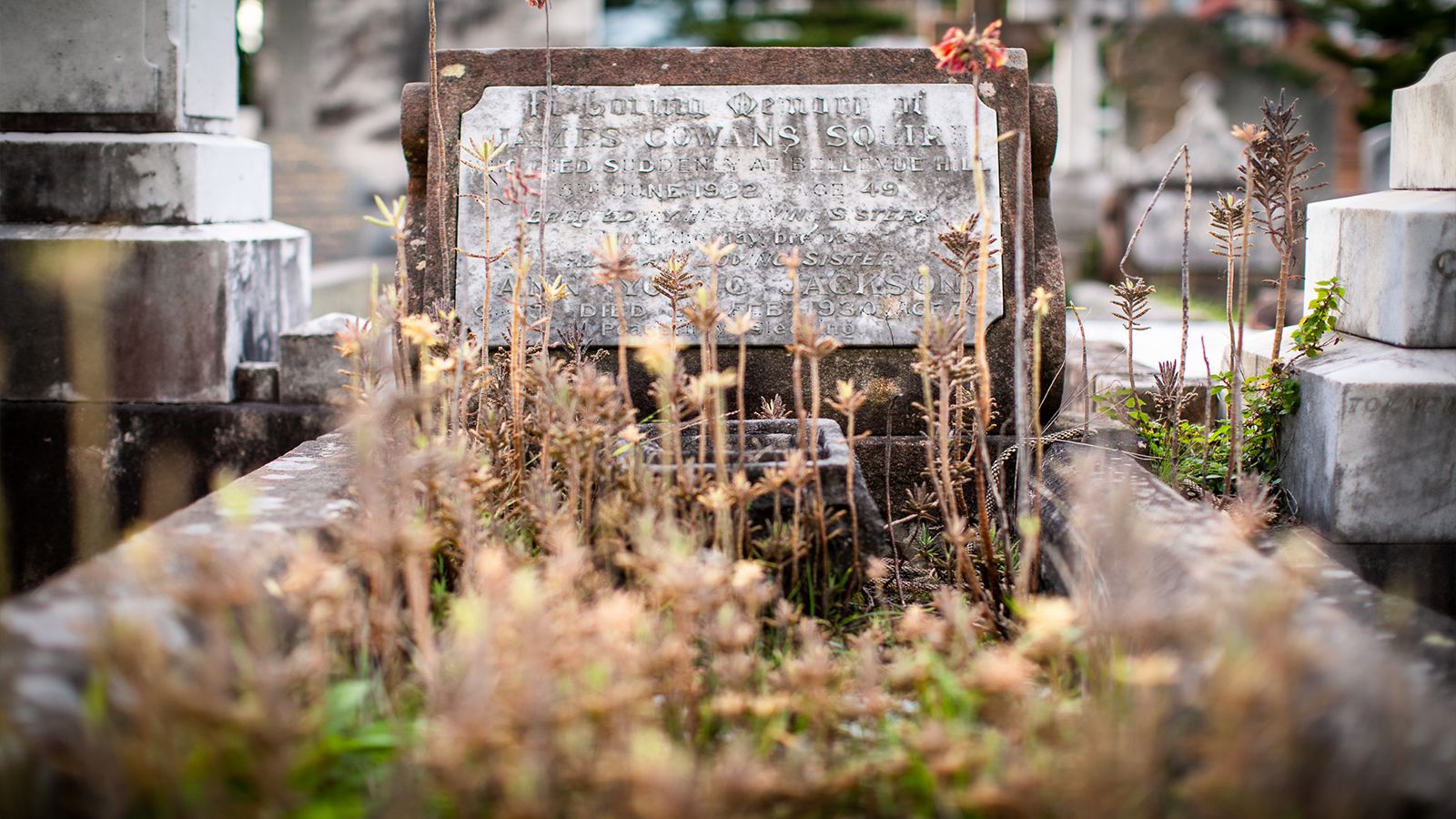South Head General has always been popular as a final resting place for Sydney’s political, business and cultural leaders, although the many grand monuments mingle with those from the broader community.
To find out more about the people buried at South Head General Cemetery, visit Trove or the Australian Dictionary of Biography.
Arts & Culture
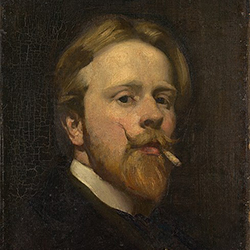
George Washington Lambert
Working mainly in portraiture, Lambert lived in London before becoming an official Australian war artist during WW1. He won the Archibald Prize in 1927 and designed the statue of Henry Lawson for Sydney's Domain.
| 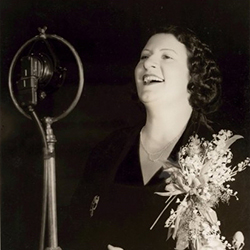
Gladys Moncrieff
Making her stage debut at the age of 6, Moncrieff had a long career as Australia's leading - and favourite - soprano. Known as 'Our Glad' and a prolific recording artist, her last public appearance was on TV in 1962.
|

Roy Redgrave
A stage and silent film actor, Redgrave's career alternated between England and Australia. The Redgrave acting dynasty includes his son Michael, and grandchildren Vanessa, Corin and Lynne.
| 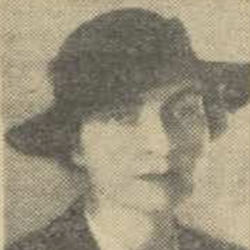
Beryl Annear Bryant
A stage and silent film actress, Bryant became a leading theatre producer and acting trainer. She supported and promoted many young local writers and ran Bryant's Playhouse in Sydney.
|

Frank Clune
A prolific journalist and author, Clune was wounded during WW1, having fought at Gallipoli. In later years he operated art galleries that featured some of Australia's best known artists.
| 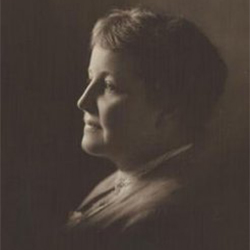
Mary Lucy (Lala) Fisher
After some success as a writer of verse in England, 'Lala' Fisher returned to Australia where she continued to write, bought and edited Theatre Magazine, and published two further books of verse.
|
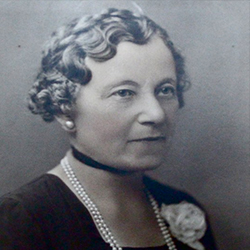
Josephine 'Ethel' Foster
'Ethel' Foster dedicated her life to photographing and preserving many early Sydney landmarks. She was a founding - and lifelong - member of the Australian Historical Society.
| 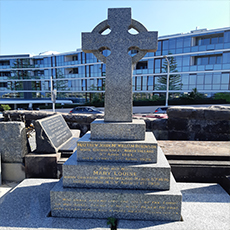
Kathleen Mary Robinson
From starring in school plays to directing and producing in London and Sydney, Robinson was talented, energetic and successful throughout her career. After retiring, she translated books into Braille.
|
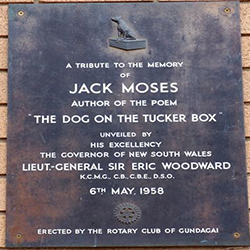
John 'Jack' Moses
Though he worked as a travelling wine salesman, Moses is best remembered for 'the dog on the tuckerbox'. Unfailingly cheerful, he helped found the Bondi Icebergs, though boasted that he 'never went in'.
| |
Architecture

Neville Gruzman
Best known as an architect of residential houses in Sydney, Gruzman was influenced by Japanese architecture, emphasised the landscape in his design and was outspoken on issues affecting the built environment.
| 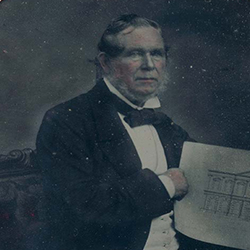
Mortimer Lewis
As Colonial Architect in the 1830s and 40s, Lewis designed many public buildings in Sydney and throughout the early colony. He began building Bronte House but sold it, half-finished during the depression of 1835.
|
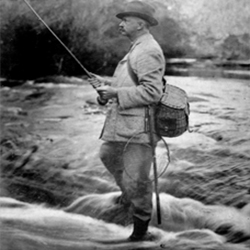
Howard Joseland
Specialising in domestic architecture, Joseland strongly advocated designing for climate, building many houses on Sydney's North Shore. A keen angler, he was among the first to introduce fly-fishing to NSW.
| |
Politics & Law
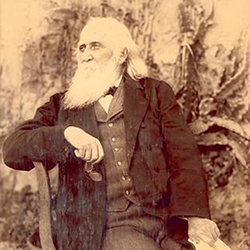
Sir John Robertson
Robertson had a deep understanding of the need for land reform in mid-19th century NSW. Twice premier in a turbulent political career, he was both a shrewd politician and a genial companion.
| 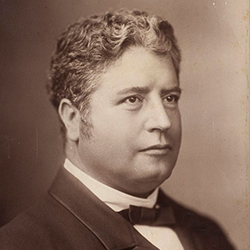
Edmund Barton
Barrister, Speaker, attorney-general and eventually Australia's first Prime Minister, Barton was hugely influential in the establishment of Federation. A classical scholar, he was a fine orator.
|

Sir Roden Cutler
Military officer, diplomat and Victoria Cross recipient, Cutler had a long career in the diplomatic corps, then became the longest serving Governor of NSW. Aged just 18, he had saved a surfer from a circling shark.
| 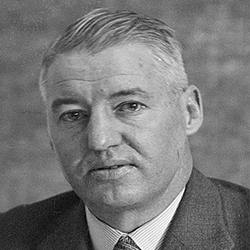
Edward 'Red Ted' Theodore
An early trade unionist, Theodore joined the Queensland Labor Party, becoming Premier in 1919. He was also Deputy Prime Minster and Treasurer in the Scullin government and, later, a newspaper owner and businessman.
|
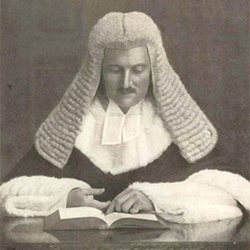
Sir Philip Whistler Street
Chief Justice of the Supreme Court of NSW, barrister and Lieutenant-Governor, Street was also a noted philanthropist and board member of bodies from the Boy Scouts to the Australian Museum and Sydney University.
| 
Sir Archibald Howie
Educated at Fort St Public and Sydney Boys High, Howie was also a politician, builder, cattle breeder and director of numerous companies. He was Lord Mayor of Sydney in 1936-37.
|
Business & Society
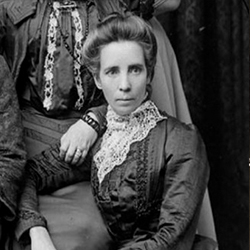
Catherine Winifred 'Kate' Dwyer
A teacher in the Bathurst district, 'Kate' Dwyer became a prominent suffragist and anti-conscriptionist. She worked tirelessly for equal rights throughout her life and was a lifelong member of the NSW Labor Party.
| 
Jane Mary Frances Mullins
Closely associated with many charities, including St. Vincent's Hospital and the Hospice for the Dying, Mullins was a leader of Catholic society in early-20th century Sydney.
|
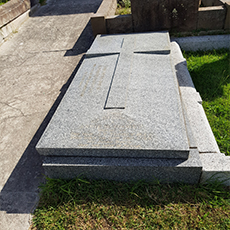
Katherine Rose Egan
A talented golfer, Egan was one of Sydney's most influential Catholic lay leaders of the 20th century. A Red Cross administrator in both World Wars, and skillful fundraiser, she was appointed MBE in 1918.
| 
Mary Kate Barlow
Irish-born Waverley resident, Mary Barlow was a gifted speaker with a knack for fund raising. A charity worker and women's rights activist, she served on a dozen committees, from women writers to prisoner's rights.
|
Unique stories
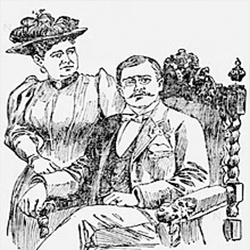
Eliza Emma Coe (Forsayth)
Raised in Samoa, 'Queen Emma' was famous throughout Melanesia as a wealthy and powerful businesswoman. She bought into New Guinea in 1881 and remained in business until cashing out around 1910 or so.
| 
Juanita Nielsen
An heir to the Mark Foy's retailing fortune, Neilsen campaigned against the redevelopment of Potts Point, through her newspaper Now. She disappeared on 4 July 1975. Her body has never been found.
|
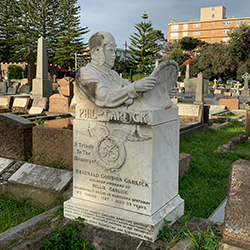
Phil Garlick
Racing car driver, famous for his exploits at Maroubra Speedway, in front of crowds in their thousands. Died in 1927 when his car left the track at Maroubra and rolled repeatedly.
| |

